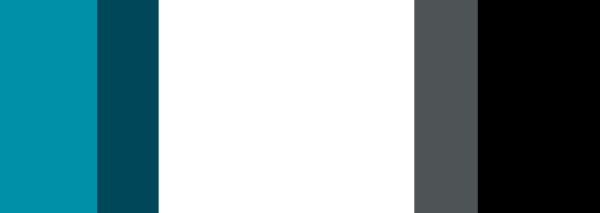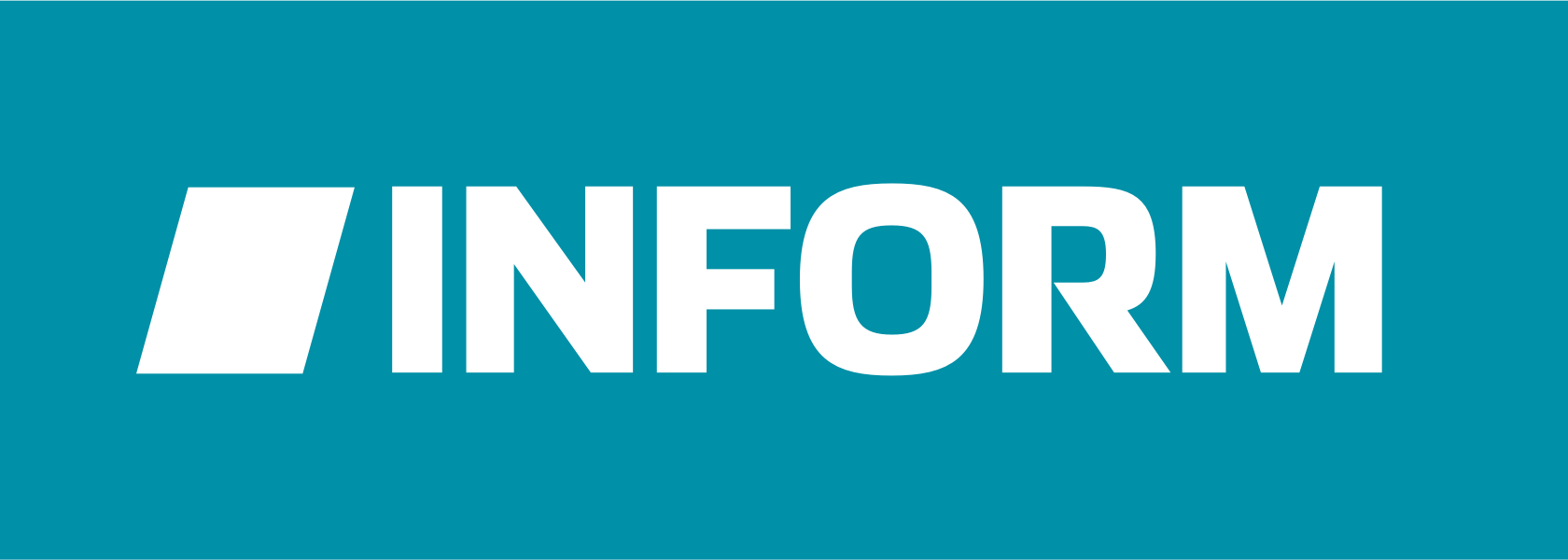Color scheme
Color is a fundamental element of every corporate design. A concise and consistent color scheme creates a strong brand for the company, its products, and its services.
The primary color is petrol blue. Targeted use of this color strengthens the company’s brand over the long term and creates a clear distinction between the company and its competition.
Color palette
Generally speaking, the color palette can vary from medium to medium. It is paramount that you demonstrate flexibility when creating your design. Eye-catching elements such as title pages, banners, etc. should primarily use white (space) together with petrol blue and dark green in order to support clear differentiation from the competition.
For more information on the use of colored spaces, see the chapter on Design Concept.

Primary colors and additive colors
Petrol
Cmyk
100 / 0 / 30 / 10
Rgb
000 / 144 / 167
Hex
#0090a7
Folding after
PANTONE®
PANTONE®
7711 C
Dark
Cmyk
100 / 0 / 15 / 70
Rgb
000 / 071 / 089
Hex
#004759
Folding after
PANTONE®
PANTONE®
548
Black
Cmyk
0 / 0 / 0 / 100
Rgb
0 / 0 / 0
Hex
#000000
Ral
9005
PANTONE®
–
Gray
Cmyk
12 / 0 / 0 / 80
Rgb
078 / 083 / 085
Hex
#4e5355
Folding after
PANTONE®
PANTONE®
Cool Grey 10
Color gradient
Use of a color gradient instead of or in addition to a simple petrol blue or green-colored space is used primarily in conjunction with the design and layout concept and as part of the implementation of communication media.
The two-color gradient (dark green/petrol blue) strengthens the vibrancy and brilliance of the entire visual appearance.
Important
The gradient spans the entire color spectrum, from dark green to petrol blue.

100 C / 15 Y / 70 K 100 C / 30 Y / 10 K
Use of additional transparent layers on photos
To achieve a transparent effect, set the colored space in the graphics program to “Multiply”.
Avoid thin typefaces (hair, thin, light, semi-light) in the light regions of the color gradient.

